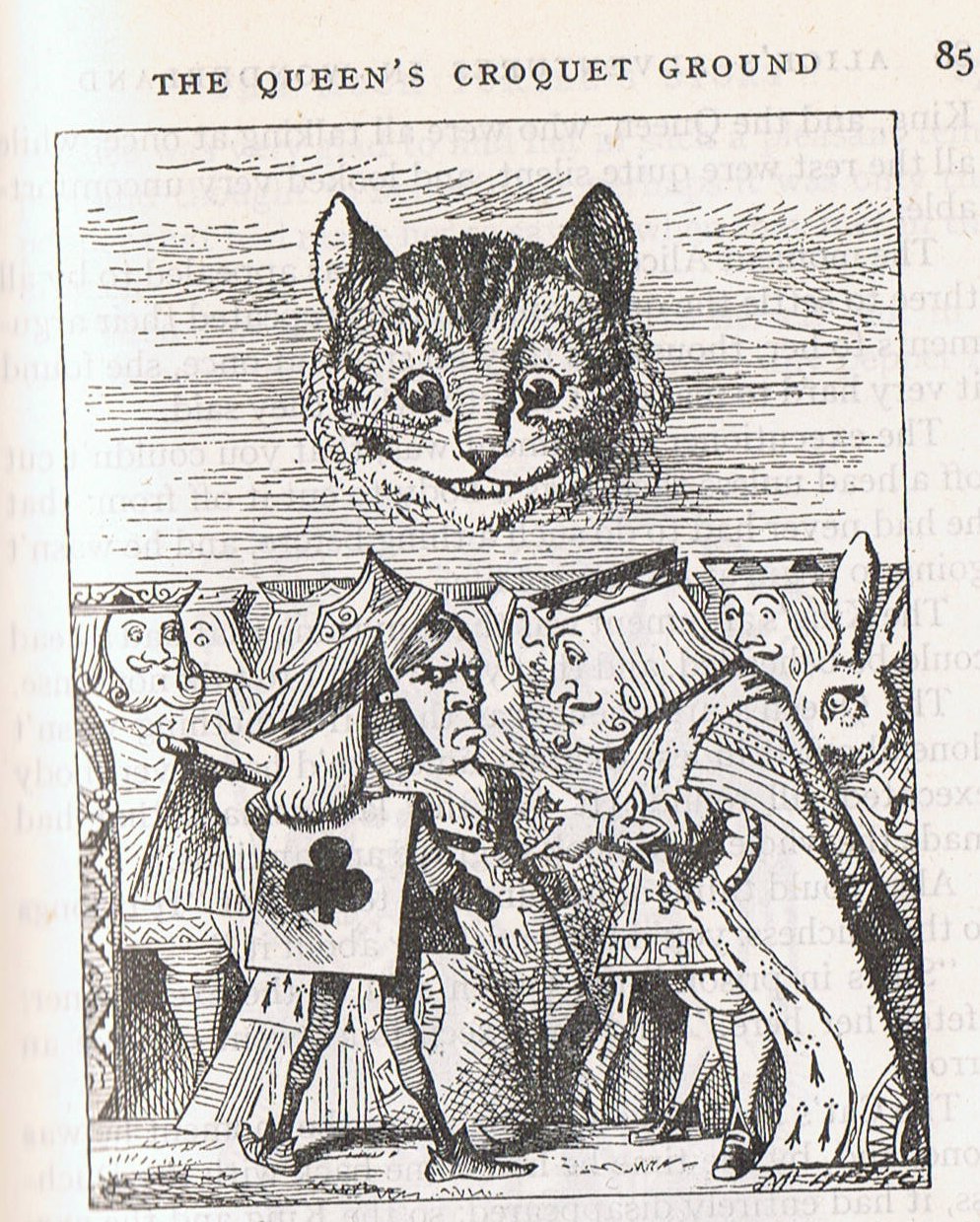swings existed in real life, particularly among the Salish, whose various dialects distinguished between the cradle-swing - 'suspended from a long thin pole stuck in the ground and the upper end bent over ... the weight of the child being sufficient ... to allow the cradle to swing gently up and down with the movements of the child, which were kept up by a cord attached to the cradle and given to the mother or one of the old women of the household to pull from time to time' ... and the seat swing, which at least among certain groups had a ceremonial or ritual use, reserved, it would seem, for adult women ...
|
TRANSLATIONS
The serpent occupies the eastern side and the vulture the western side:
In the middle we can see an insect, which - I have learnt from the authorities - is a bee. In view of the importance of the 'Tree of Life', I have a suspicion, however, that it instead might be a certain kind of wasp: ... Although this species of fig requires the presence of the symbiotic wasp Ceratosolen arabicus to reproduce sexually, and this insect is extinct in Egypt, Zohay and Hopf have no doubt that Egypt was 'the principal area of sycamore fig development ... In 'The Naked Man', I remember, butterflies were compared to flat-fish - sometimes they show much area and at other times they look very thin (depending on whether the wings of the butterfly are stretched out in all their beauty of are held up folded). Ants have another peculiarity, the front and back part of their bodies are connected with an extremely narrow waist. It is as if their front and back parts were twins, connected by a short string. I guess this may be the reason why an insect occupies 'noon' time; 'a.m.' and 'p.m.' are like twins and there must be a short 'string' connecting them. The picture above has twin pairs of semi-circles and the 'bee' connects them. To be or not to be, that is the question. The form of the letter B illustrates my thoughts. At 'noon' one season 'dies' and another is 'born'. Time is reproducing herself. The smile of the Chesire Cat is formed like the crescent of the moon - with carnivorous teeth. In the west moon is born and she is growing from west up to 'zenith'. Growth implies teeth. The sickle of the moon must mean the season beyond 'zenith', and to the horizon in the east must be the time when 'harvest' is due. Sun and moon behave contrary to each other. In the west a vulture is hacking at the bones of the cat. The straight white hard dry bones illustrate the opposite of the soft dark slippery sinous curves of the snake in the east. The smile of the Chesire Cat is formed into a canoe; it is drawn in the resemblance of a canoe, the canoe which transports the spirit of the sun (the smile) across the waters - though only from 'noon' to 'midnight' at which time sun 'materializes' again. Beyond 'midnight' he travels in another 'boat', this time in a cradle (a cat's cradle):
Who kills the Cat at 'noon'? Is it the Wasp? The sting is equal to a spear (vero).
The Marquesan veo is the 10th month, while Hawaiian welo is more difficult to understand. Mabye it is the Pleiades constellation who 'dies' in April? The Hawaiian year began beyond atumn equinox: ... A connection between the new year and the harvesting of crops reminiscent of an earlier period when the evening appearance of the Pleiades in the east more nearly coincided with the arrival of the Sun at the autumnal equinox is seen in the prolonged Hawaiian ceremonies ushering in the new year. For in the month September-October, while the old year still had two months to run, announcement was made to the people by placing a certain signal outside the temple walls that the new year had begun ... Makemson also tells about New Zealand: ... The Pleiades are situated 24° above the celestial equator at the present time on the circle which marks the northern limit of the Sun in declination [23°26′ 22″]. They rise soon after sunset on November 20, are on the meridian at sunset about February 20, and set in the rays of the setting Sun toward the end of April ... Sun, moon and the Pleiades ought to cooperate in establishing the time of new year: ...in the ceremonial course of the coming year, the king is symbolically transposed toward the Lono pole of Hawaiian divinity; the annual cycle tames the warrior-king in the same way as (e.g.) the Fijian installation rites. It need only be noticed that the renewal of kingship at the climax of the Makahiki coincides with the rebirth of nature. For in the ideal ritual calendar, the kali'i battle follows the autumnal appearance of the Pleiades, by thirty-three days - thus precisely, in the late eighteenth century, 21 December, the winter solstice. The king returns to power with the sun.7 7 The correspondence between the winter solstice and the kali'i rite of the Makahiki is arrived at as follows: ideally, the second ceremony of 'breaking the coconut', when the priests assemble at the temple to spot the rising of the Pleiades, coincides with the full moon (Hua tapu) of the twelfth lunar month (Welehu). In the latter eighteenth century, the Pleiades appear at sunset on 18 November. Ten days later (28 November), the Lono effigy sets off on its circuit, which lasts twenty-three days, thus bringing the god back for the climactic battle with the king on 21 December, the solstice (= Hawaiian 16 Makali'i). The correspondence is 'ideal' and only rarely achieved, since it depends on the coincidence of the full moon and the crepuscular rising of the Pleiades ... 'Breaking the coconut' is an euphemism of something more severe:
|


